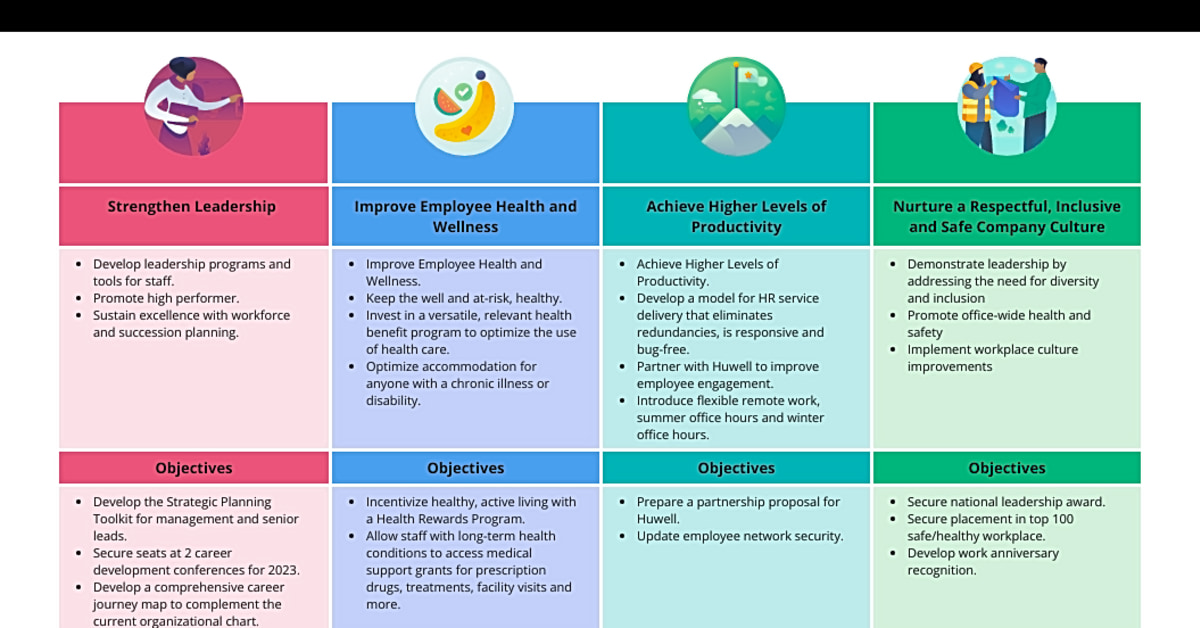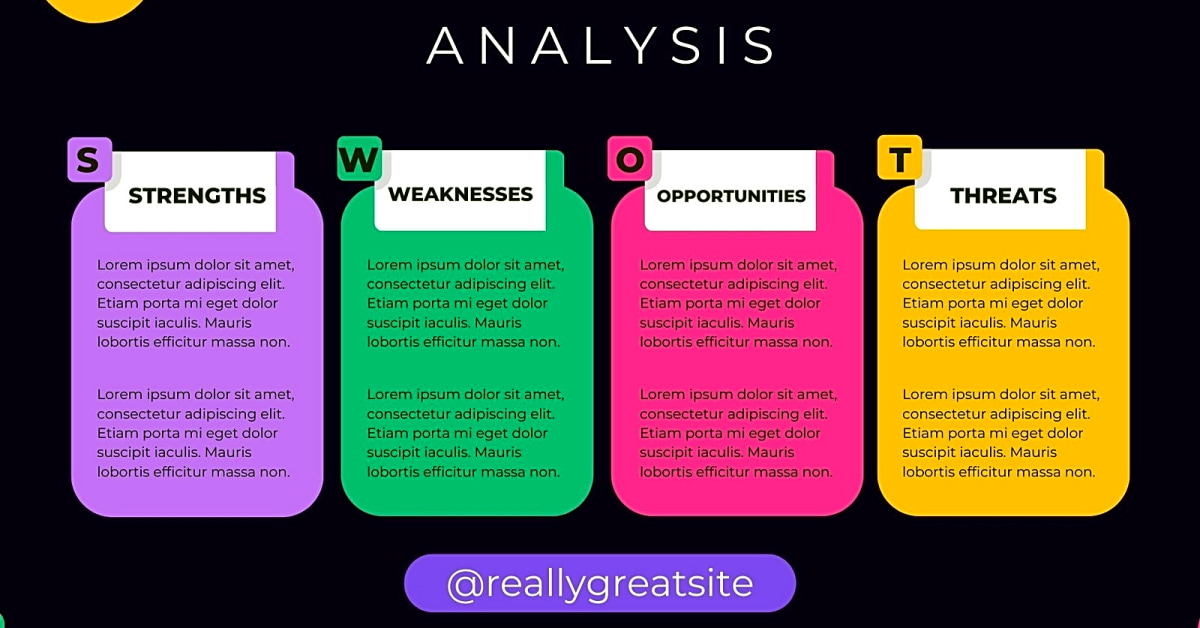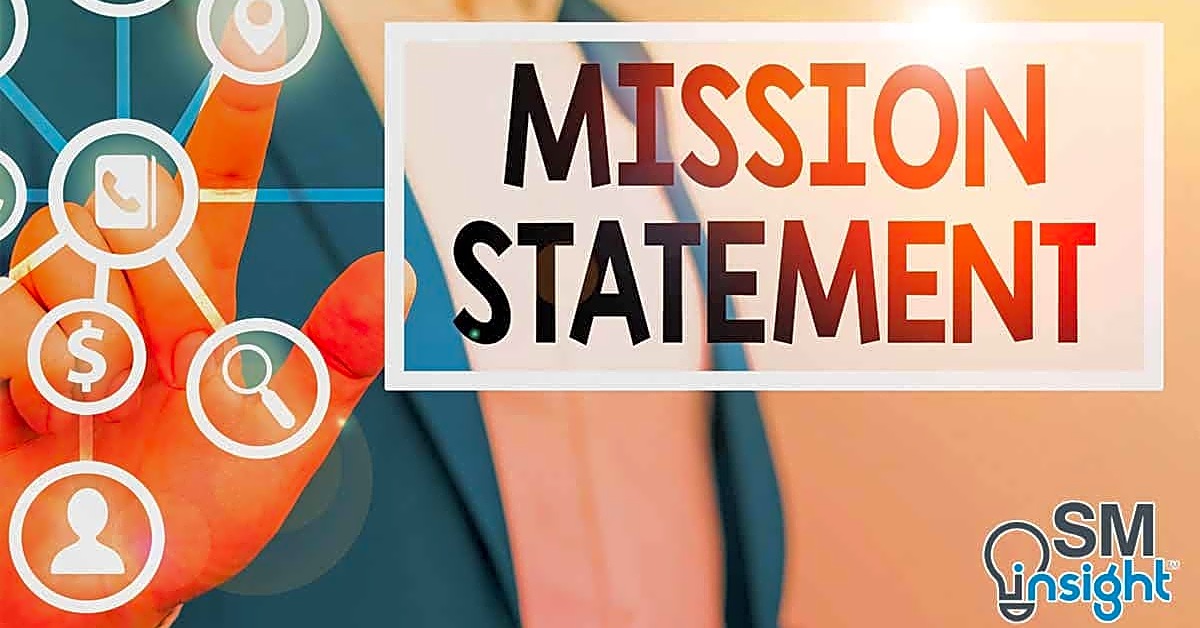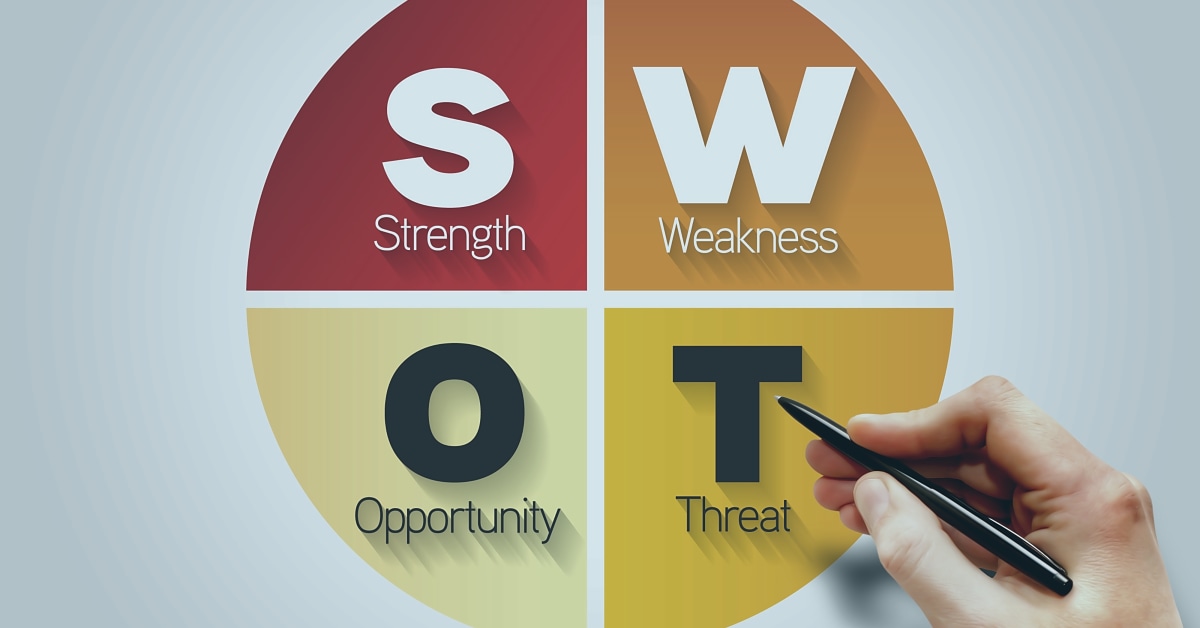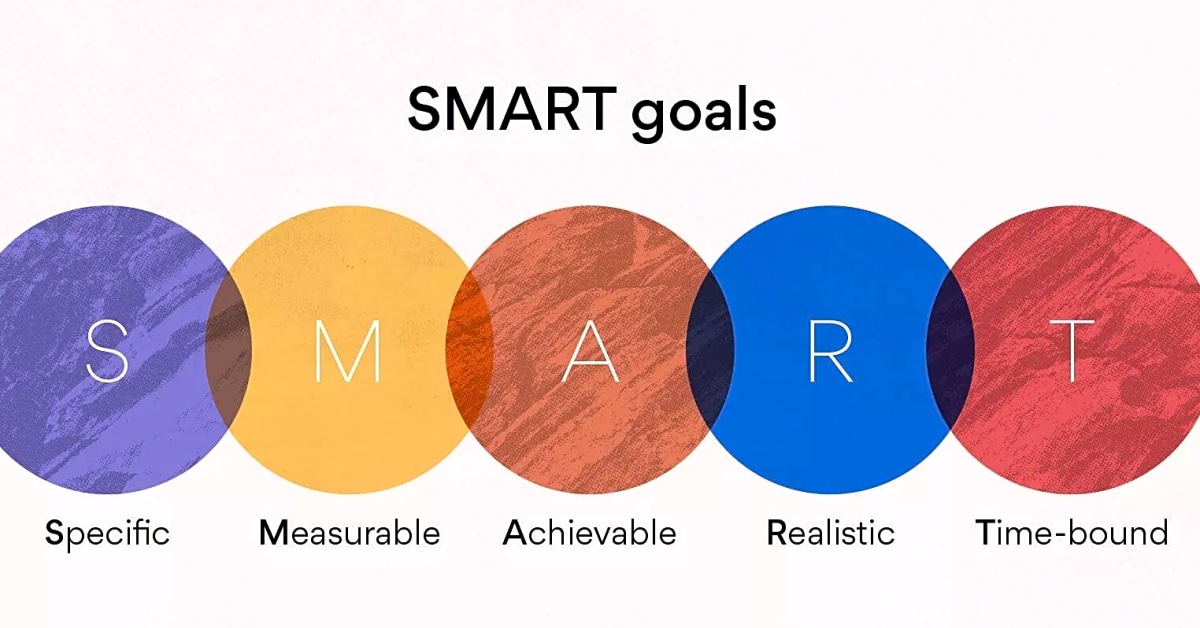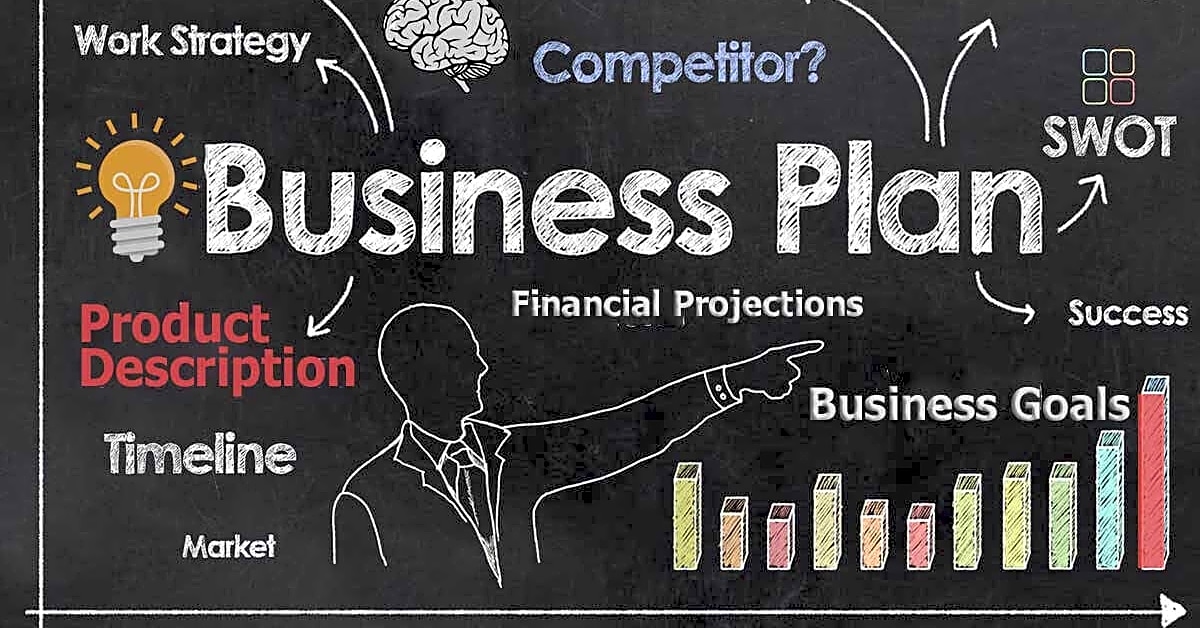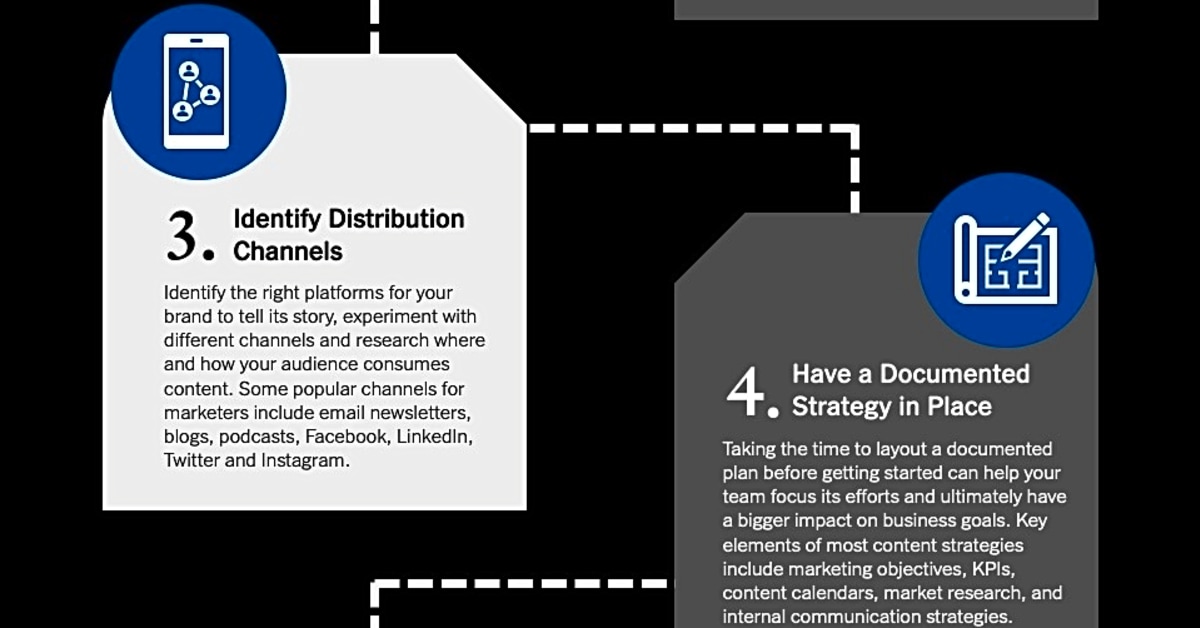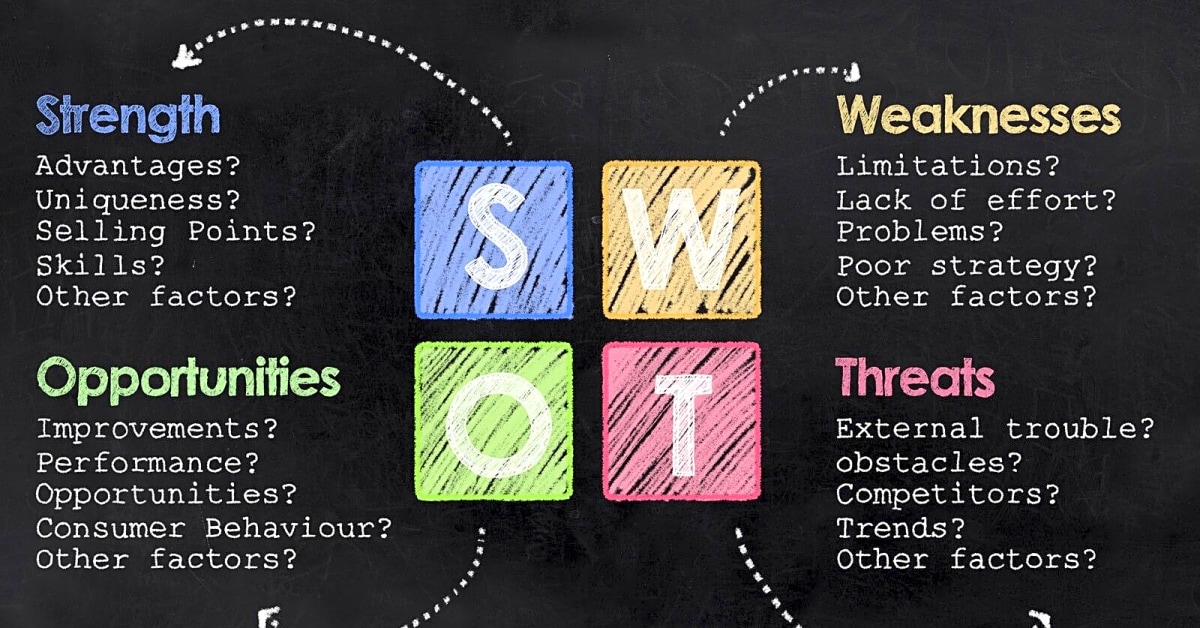Frequently Asked Questions
What is organizational design?
Organizational design refers to the process of structuring an organization's roles, responsibilities, and systems to enhance efficiency and effectiveness. It aligns resources and strategies to achieve business goals and adapt to changing environments.
Who advises CEOs?
CEOs are advised by a range of professionals, including executive coaches, board members, consultants, and industry experts, who provide insights on leadership, strategy, and operational challenges to enhance decision-making and drive organizational success.
Who makes organizational strategy?
The makers of organizational strategy are typically senior leaders and executives within a company, including the CEO, board members, and department heads, who collaborate to define the vision and direction for the organization.
What is strategic planning?
Strategic planning is the process by which organizations define their direction and make decisions on allocating resources to pursue this strategy. It involves setting goals, identifying actions to achieve them, and mobilizing resources for effective implementation.
What is advisory role?
The advisory role involves providing expert guidance and recommendations to organizations or individuals, helping them navigate challenges, make informed decisions, and enhance their strategic direction and leadership effectiveness.
What are key elements of organizational design?
The key elements of organizational design include structure, processes, culture, and roles. These components work together to create an effective framework that aligns with the organization's strategy and enhances overall performance.
How do CEOs benefit from advisory services?
CEOs benefit from advisory services by gaining expert insights and strategic guidance that enhance decision-making, improve organizational performance, and navigate complex challenges effectively, ultimately driving growth and innovation within their companies.
What factors influence organizational strategy development?
The factors that influence organizational strategy development include market trends, competitive landscape, internal capabilities, leadership vision, and stakeholder needs. These elements collectively shape how organizations define their strategic goals and navigate challenges.
What are common challenges in strategic planning?
Common challenges in strategic planning include aligning organizational goals with resources, adapting to market changes, ensuring stakeholder buy-in, and maintaining focus amidst competing priorities. These factors can hinder effective strategy execution and long-term success.
How does an advisory role impact decision-making?
The impact of an advisory role on decision-making is significant. Advisors provide valuable insights, expertise, and diverse perspectives, enabling leaders to make informed choices and navigate complex challenges effectively.
What skills are essential for organizational design?
The essential skills for organizational design include strategic thinking, analytical abilities, effective communication, and a deep understanding of organizational behavior. These skills enable leaders to create structures that enhance efficiency and foster collaboration.
Who typically participates in strategic planning sessions?
Participants in strategic planning sessions typically include senior leadership, key stakeholders, department heads, and sometimes external advisors. Their diverse perspectives help shape effective organizational strategies and ensure alignment with overall business goals.
What is the role of a CEO advisor?
The role of a CEO advisor is to provide strategic guidance and insights to the CEO, helping them navigate complex decisions, enhance leadership effectiveness, and drive organizational growth.
How to evaluate organizational design effectiveness?
Evaluating organizational design effectiveness involves assessing alignment between structure, strategy, and performance outcomes. Key indicators include employee engagement, decision-making efficiency, and the ability to adapt to changes, ensuring the organization meets its goals effectively.
What methods are used in strategic planning?
The methods used in strategic planning include SWOT analysis, scenario planning, balanced scorecard, and PEST analysis, which help organizations assess their strengths, weaknesses, opportunities, and threats to formulate effective strategies.
How can leaders improve their advisory skills?
Leaders can improve their advisory skills by actively seeking feedback, enhancing their listening abilities, and staying informed about industry trends to provide relevant insights. Continuous learning and mentoring also play crucial roles in developing effective advisory capabilities.
What are the stages of organizational strategy?
The stages of organizational strategy include defining the vision and mission, conducting a situational analysis, formulating strategic goals, implementing the strategy, and evaluating performance to ensure alignment with objectives.
How does organizational design affect performance?
Organizational design significantly affects performance by establishing clear structures, roles, and processes that enhance communication and decision-making. A well-designed organization aligns resources with strategic goals, ultimately driving efficiency and productivity.
What tools assist in strategic planning?
Tools that assist in strategic planning include SWOT analysis, PESTEL analysis, balanced scorecards, and project management software. These tools help organizations assess their environment, set objectives, and track progress effectively.
Who should be involved in organizational design?
The individuals involved in organizational design should include senior leadership, key stakeholders, and representatives from various departments. Their collaboration ensures that the design aligns with the organization’s goals and addresses the needs of all employees.
What is the impact of leadership on strategy?
The impact of leadership on strategy is significant. Effective leaders shape organizational vision, influence decision-making, and drive alignment, ultimately ensuring that strategic initiatives are successfully implemented and adapted to changing environments.
How to align organizational design with goals?
Aligning organizational design with goals involves ensuring that the structure, roles, and processes support the strategic objectives. This can be achieved by regularly reviewing and adjusting the design to foster collaboration and efficiency in achieving desired outcomes.
What are best practices for strategic planning?
Best practices for strategic planning include setting clear objectives, involving key stakeholders, conducting thorough market analysis, regularly reviewing and adjusting the plan, and ensuring effective communication throughout the organization to align efforts and resources.
How do advisors influence CEO decisions?
Advisors influence CEO decisions by providing expert insights, strategic guidance, and diverse perspectives, enabling CEOs to make informed choices that align with organizational goals and navigate complex challenges effectively.
What trends are shaping organizational design today?
The trends shaping organizational design today include increased emphasis on agility, remote work integration, and a focus on employee well-being, driving organizations to adopt more flexible structures that enhance collaboration and adaptability in a dynamic business environment.
How to measure success in strategic planning?
Measuring success in strategic planning involves evaluating progress against defined goals and key performance indicators (KPIs). Regularly reviewing outcomes, stakeholder feedback, and alignment with organizational objectives helps ensure strategies are effective and adaptable.
What is the importance of stakeholder input?
The importance of stakeholder input lies in its ability to enhance decision-making and foster collaboration. By incorporating diverse perspectives, organizations can better align strategies with stakeholder needs, ultimately driving successful outcomes and ensuring long-term sustainability.
How to create a responsive organizational strategy?
Creating a responsive organizational strategy involves continuously assessing internal and external environments, aligning resources with dynamic market needs, and fostering a culture of adaptability among leaders and employees to effectively navigate change.
What challenges do advisors face with CEOs?
Advisors face several challenges with CEOs, including resistance to change, differing visions for the organization, and navigating the complexities of corporate culture, which can hinder effective collaboration and strategic alignment.
How to ensure effective organizational design implementation?
Effective organizational design implementation requires clear communication of goals, active involvement of stakeholders, and continuous evaluation of processes to ensure alignment with strategic objectives and adaptability to changing needs.
 by Consultant
by Consultant by Consultant
by Consultant by Consultant
by Consultant by Consultant
by Consultant by Consultant
by Consultant by Consultant
by Consultant by Consultant
by Consultant by Consultant
by Consultant by Consultant
by Consultant by Consultant
by Consultant by Consultant
by Consultant
